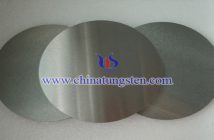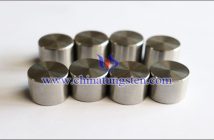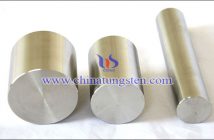Tungsten Trioxide is an oxide of tungsten and an important industrial raw material, which is widely used in many fields because of its good properties. For example, in the military field, it is often used as an important invisible material because of its strong ability to absorb electromagnetic waves. At present, there are several methods to prepare Tungsten Trioxide, among which sol-gel method, which has the advantages of simple process, less environmental pollution, less corrosion to equipment and relatively low production cost, is more popular.
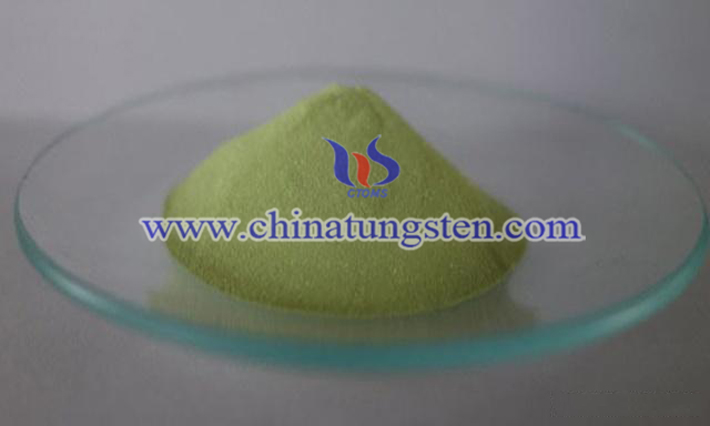
1.The origin of sol-gel method
Sol-gel method was discovered by French chemist J.J.Ebelmen in 1846. After more than one hundred years' research on sol-gel method, it has been successfully applied to glass, oxide coating, dingal ceramic powder and composite oxide materials which are difficult to be prepared by traditional methods.
2.The principle of sol-gel method
Sol-gel method is to use compounds containing highly chemically active components as precursors, mix these raw materials uniformly in the liquid phase, and carry out hydrolysis and condensation chemical reactions to form a stable transparent sol system in the solution. After aging, the sol slowly polymerizes among colloidal particles to form a gel with a three-dimensional network structure, and the gel network is filled with a solvent that loses fluidity to form a gel. The gel is dried, sintered and solidified to prepare materials with molecular or even Namias structure.
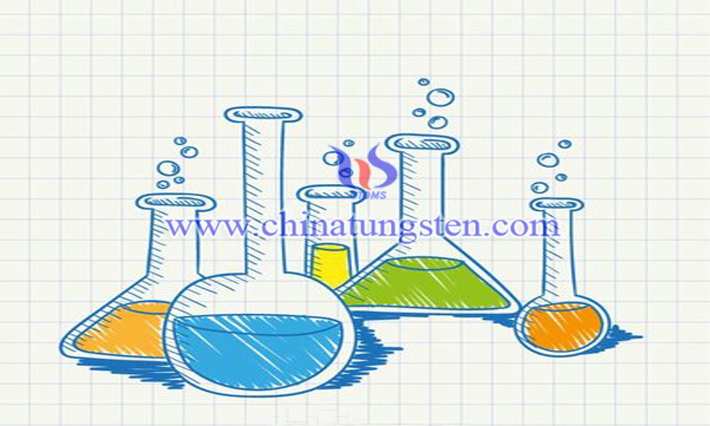
3.How to make Tungsten Trioxide
(1) Raw material preparation: ammonia water (14mol/L) and deionized water are mixed into ammonia water solution in a ratio of 1: 1.
(2) Preparation of sol: put 4.9972g(0.02mol) of tungstic acid into 72ml of prepared ammonia water solution, add citric acid (16.832g) whose molar ratio of tungstic acid is 4: 1 into the dissolved tungstic acid solution, put it on a magnetic heating stirrer, and heat and stir it in a water bath at 85°C for 8-12 hours, thus obtaining a slightly yellow and transparent sol.
(3) Gel drying treatment: drying the prepared gel in an infrared oven to obtain brown expanded gel.
(4)Calcining to obtain Tungsten Trioxide powder: placing the gel in a corundum crucible and calcining in a box furnace at 650°C for about two hours to obtain yellow nano Tungsten Trioxide powder. The obtained nanoparticles are spherical, with a particle size of 40 - 60 nm and uniform distribution.
4. Advantages and disadvantages of sol-gel method
Advantages:
(1)The process is simple and feasible, with little environmental pollution, little corrosion to equipment and relatively low production cost;
(2)The obtained powder has small particle size, good uniformity and high purity;
(3)It is easy to adjust and control the preparation parameters, thus obtaining controllable Tungsten Trioxide with different morphologies and properties.
Disadvantages:
(1)It is difficult to control the transformation of sol-gel;
(2)The product is easy to form hard agglomeration after drying;
(3)The synthesis period is longer.

